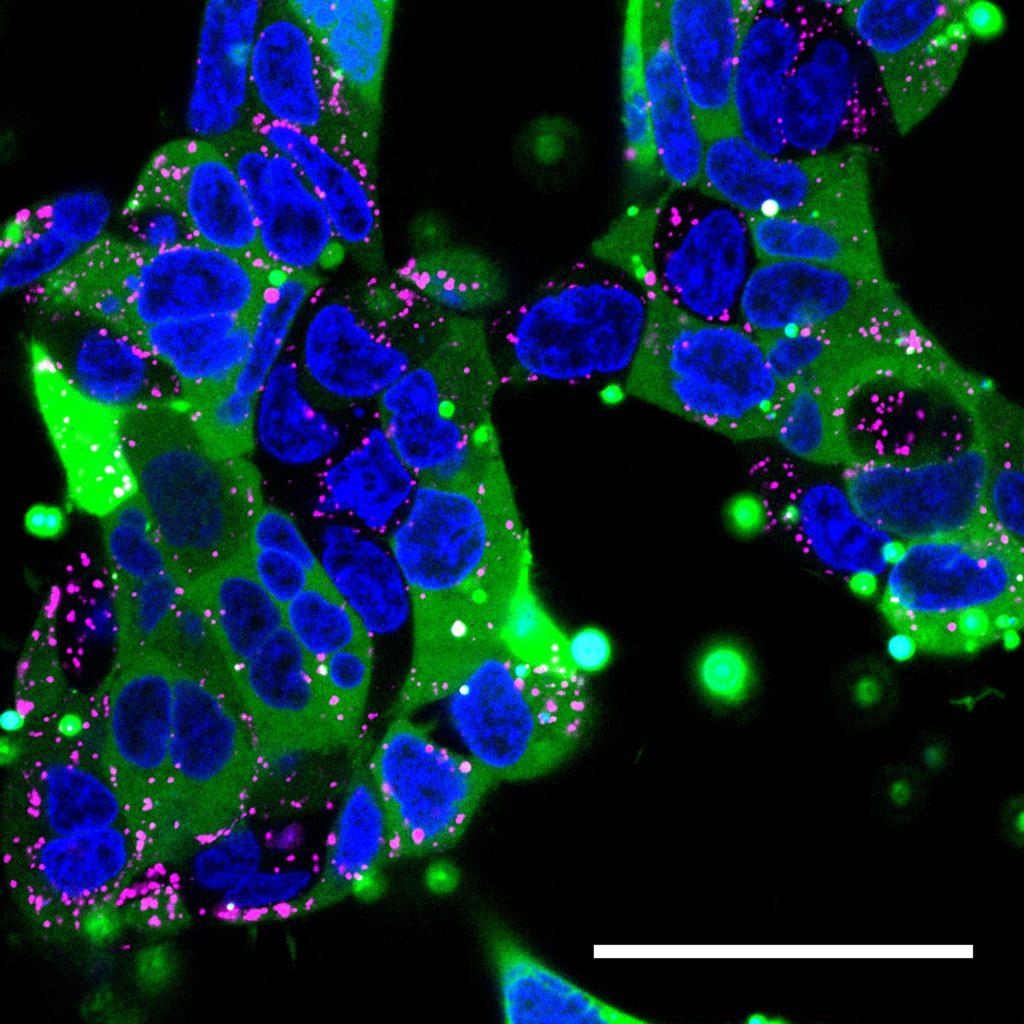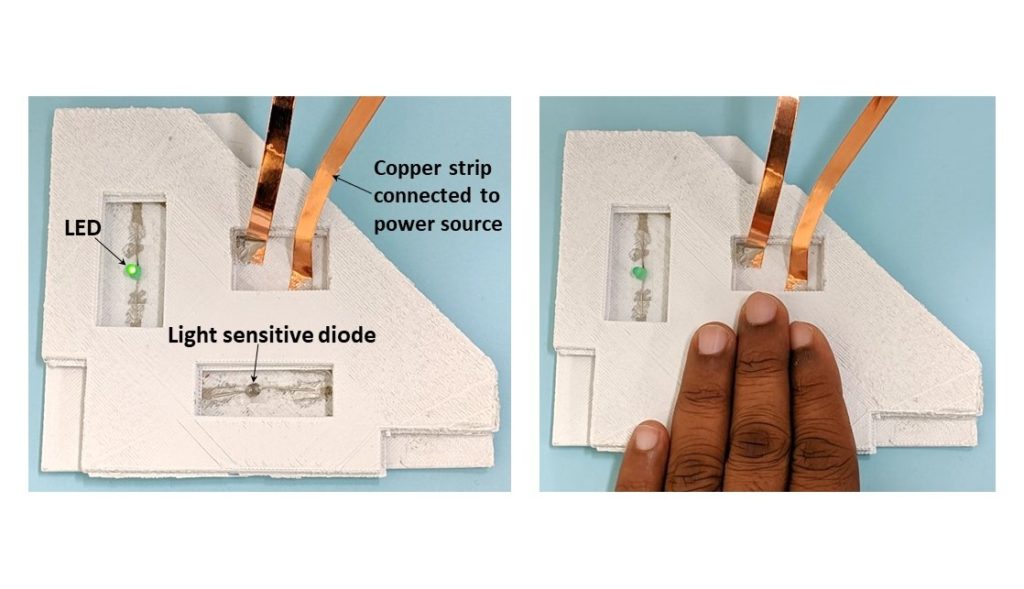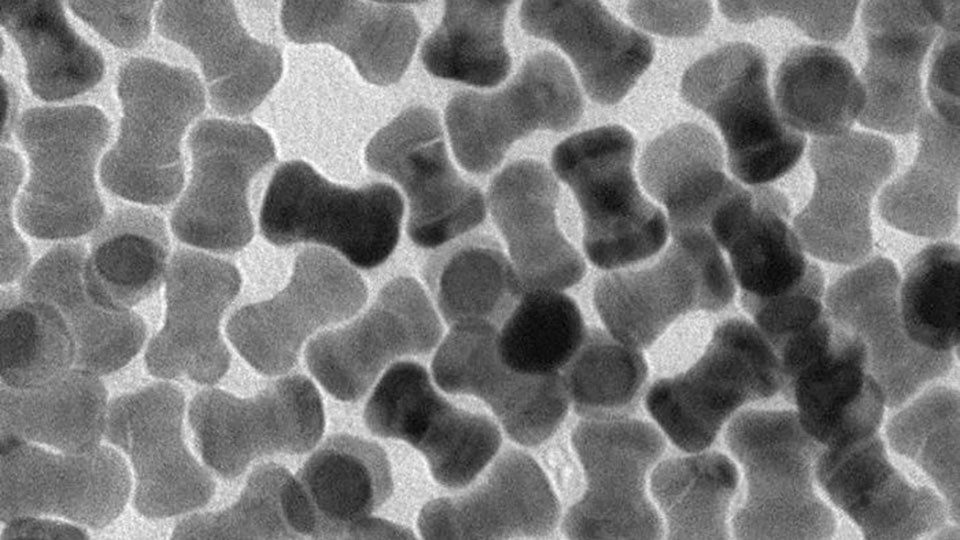Nanoparticles have been used to treat disease for decades, but scientists are now learning more about how they move through human tissue. PECASE honoree and NIGMS grantee Elizabeth Nance is enlisting minds across different scientific fields to solve the challenge of using nanoparticles to target the right site within the body to increase the effectiveness of treatments for newborn brain injury.
Tag: Nanoparticles
Finding a new way to fight late-stage sepsis
Researchers have developed a way to prop up a struggling immune system to enable its fight against sepsis, a deadly condition resulting from the body’s extreme reaction to infection.
A new gene therapy strategy, courtesy of Mother Nature
Scientists have developed a new gene-therapy technique by transforming human cells into mass producers of tiny nano-sized particles full of genetic material that has the potential to reverse disease processes.

Little Size Holds Big Impact: Johns Hopkins Scientists Develop Nanocontainer to Ship Titan-Size Gene Therapies And Drugs Into Cells
Scientists at Johns Hopkins Medicine report they have created a tiny, nanosize container that can slip inside cells and deliver protein-based medicines and gene therapies of any size — even hefty ones attached to the gene-editing tool called CRISPR. If their creation – constructed of a biodegradable polymer — passes more laboratory testing, it could offer a way to efficiently ferry larger medical compounds into specifically selected target cells.
Multiplexed C dots track cancer cells to improve patient care
For more than a decade, researchers have used glowing nanoparticles called Cornell dots, or C dots, to illuminate cancer cells, target tumors and even induce cell death.

3D-Printed Plastics With High Performance Electrical Circuits
Rutgers engineers have embedded high performance electrical circuits inside 3D-printed plastics, which could lead to smaller and versatile drones and better-performing small satellites, biomedical implants and smart structures. They used pulses of high-energy light to fuse tiny silver wires, resulting in circuits that conduct 10 times more electricity than the state of the art, according to a study in the journal Additive Manufacturing. By increasing conductivity 10-fold, the engineers can reduce energy use, extend the life of devices and increase their performance.

NUS researchers use light emitted from nanoparticles to intricately control biological processes
Researchers from the National University of Singapore have developed a method to give more control to optogenetics, by using specially designed nanoparticles and nanoclusters (dubbed ‘superballs’). These nanoparticles and superballs can emit different colours of light when excited by lasers at different wavelengths. These different colours of light can then be used to trigger specific biological processes.